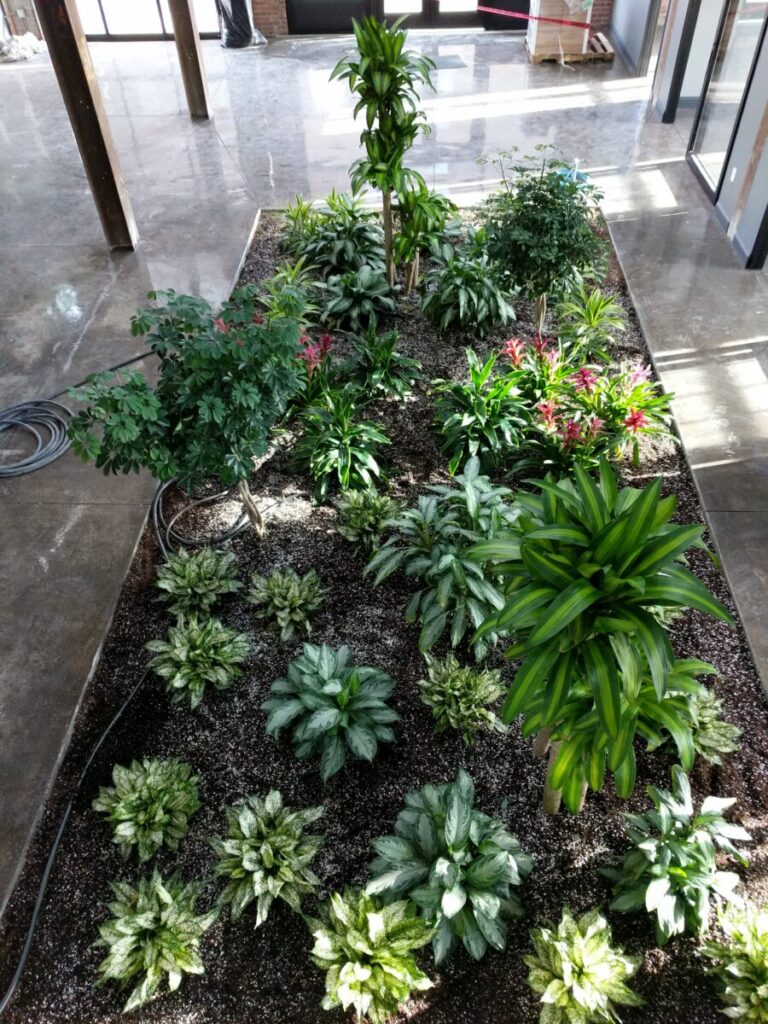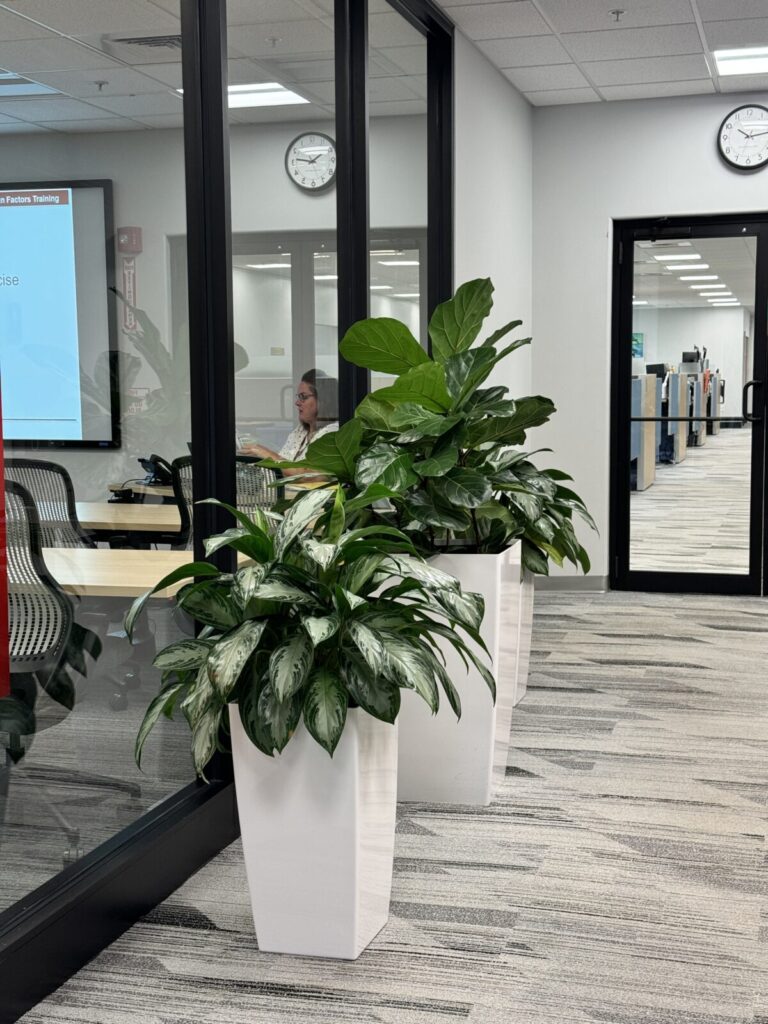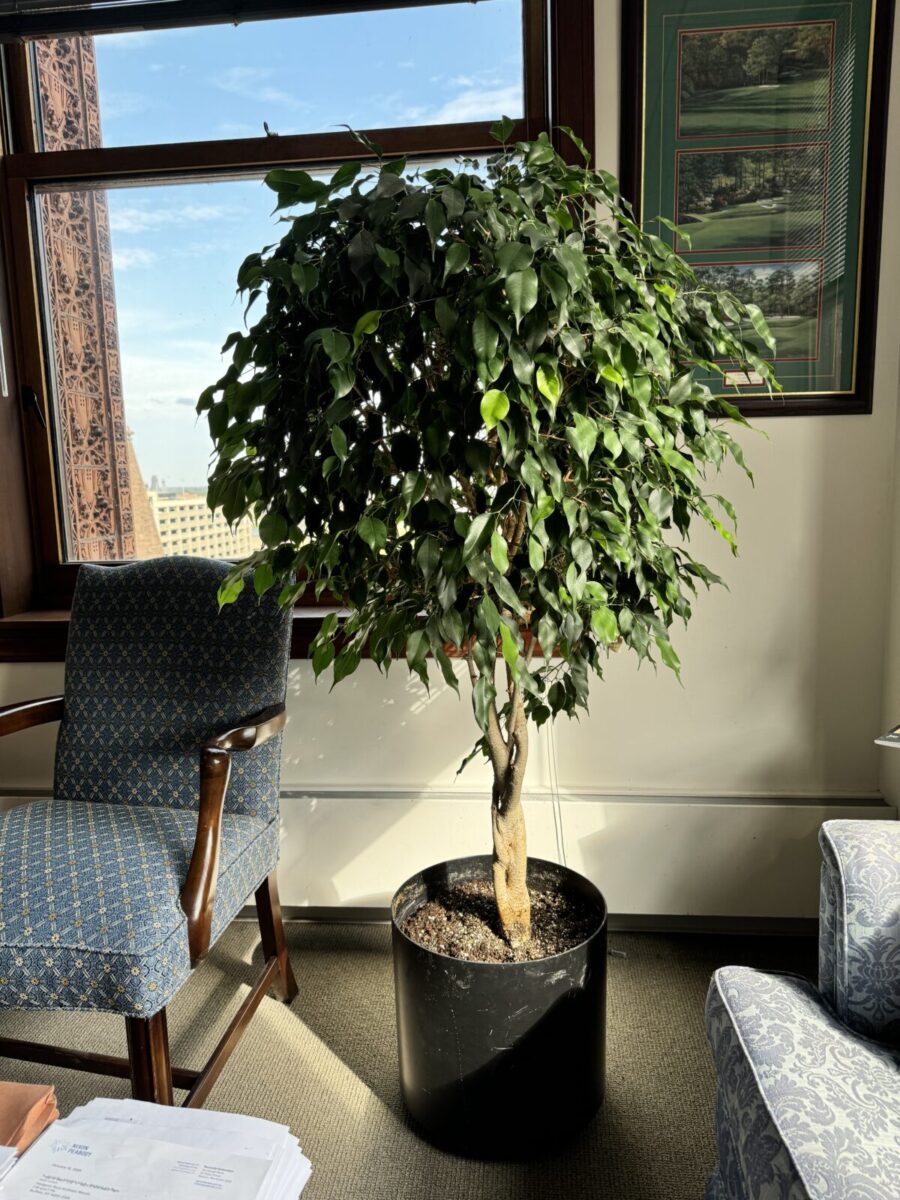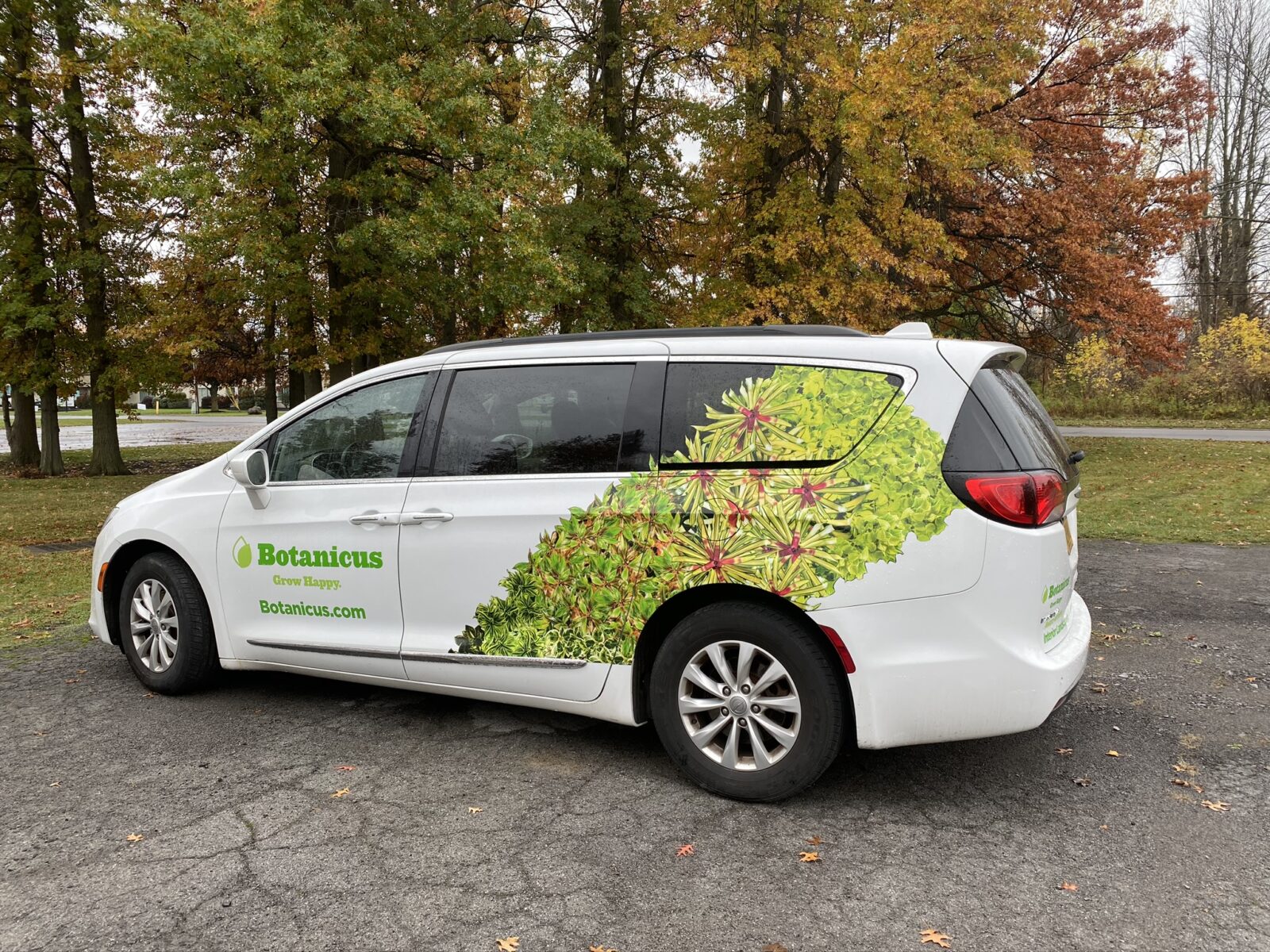WHO WE ARE
The New Plant Lady on the web is a serial entrepreneur. She is the sole proprietor of Botanicus.com, an interior landscaping company serving Western New York, clients include M&T Bank, the Buffalo Convention Center, and the Frank Lloyd Darwin D. Martin Complex to just name a few.






